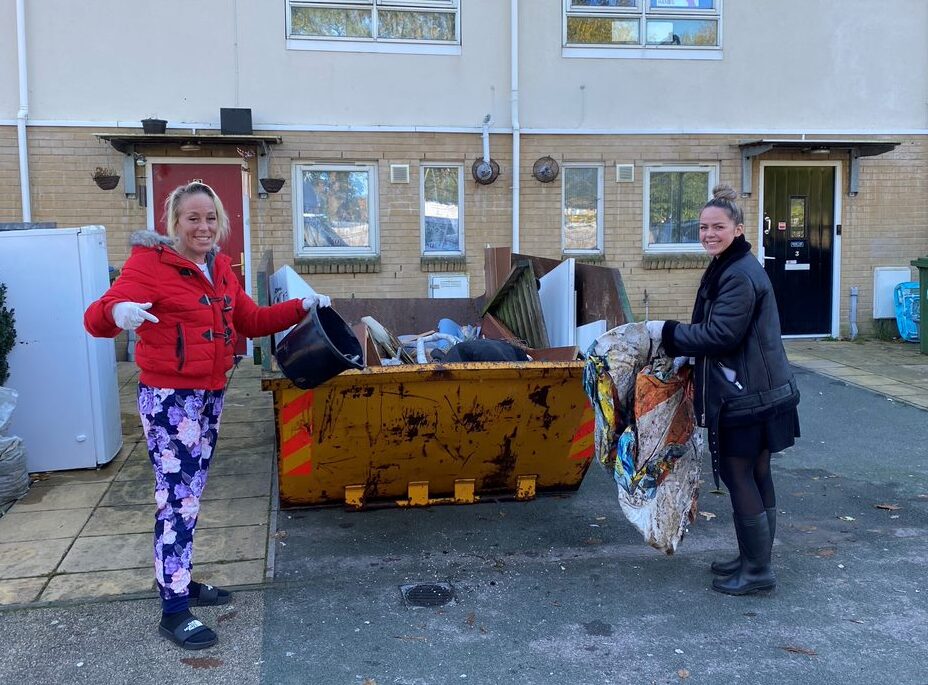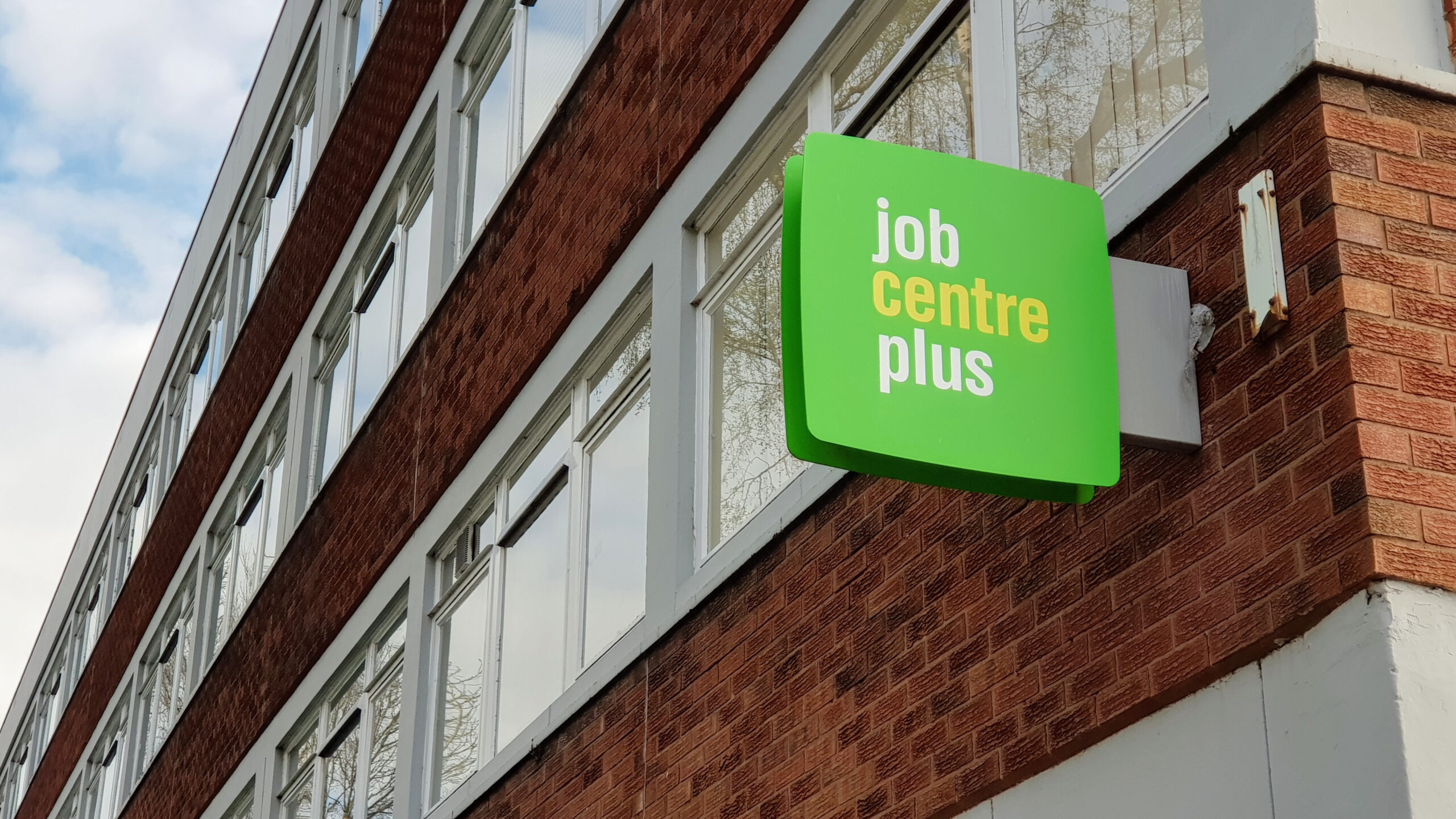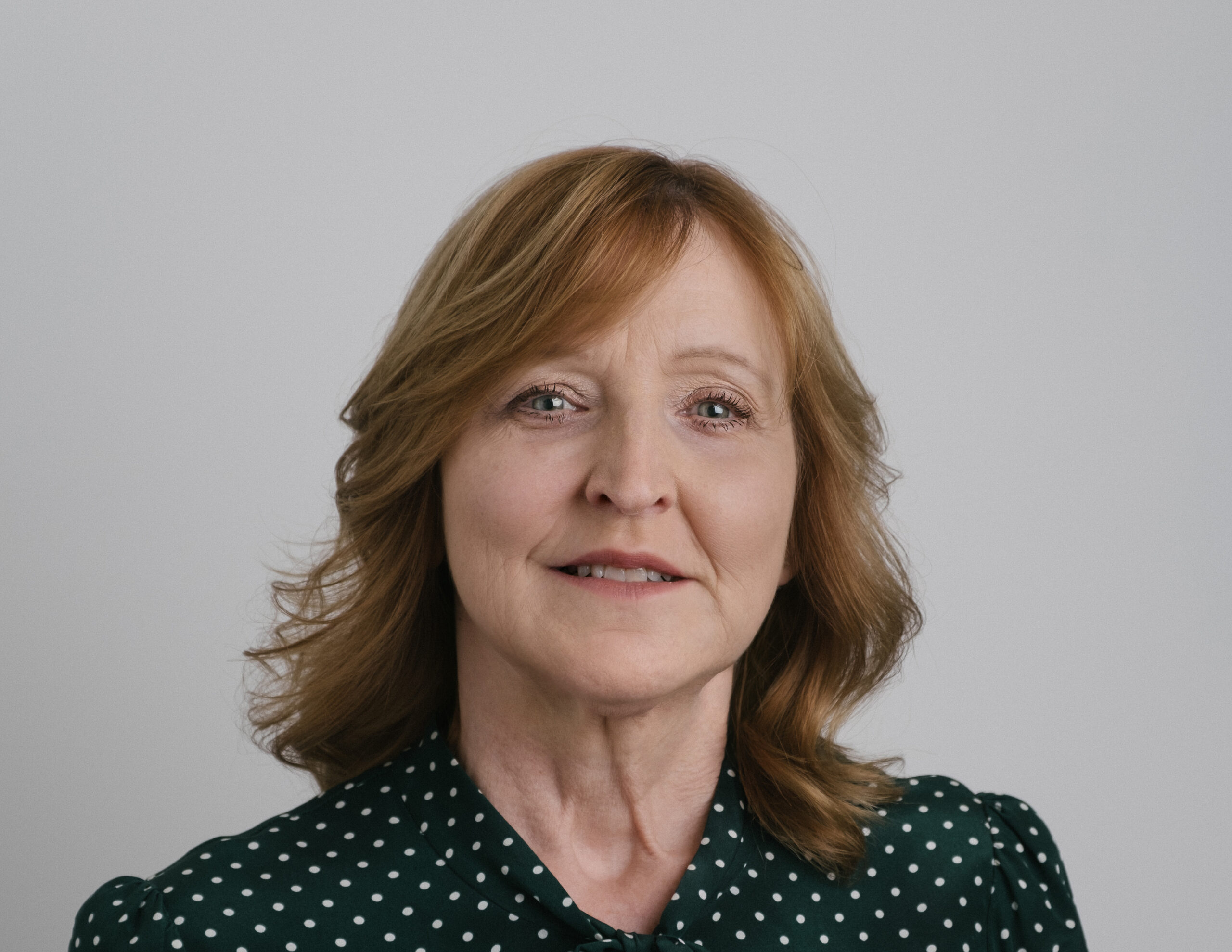Since 2020, the government has promised action to ensure homes will be made more accessible for people with disabilities. But, despite a warm reception from residents, social landlords and charities, the plans are still to come to fruition, as Neil Merrick reports.

Eighteen months ago, the government announced that homes built in England would be made more accessible for people with disabilities.
Following a consultation in 2020, ministers declared that building regulations should require new homes to be accessible or adaptable for wheelchair users and other people with disability needs.
But 18 months on, a second consultation looking at the change in more detail has yet to get underway. Consequently, most homes continue to be built to the current minimum, meaning only they should be ‘visitable’ by people with disabilities.
The delay is a major disappointment to landlords such as Habinteg, which promotes homes that allow independent living. While it welcomed the government’s intention to impose a higher standard, along with the support this received from builders, there’s a danger the change may be delayed until after the general election.
“We’re quite concerned that time will run out for this government to launch this really important policy,” says Christina McGill, Habinteg’s director of social impact. “They made a great decision, but time is ticking on.”
The higher standard, known as M4(2), is broadly equivalent to the Lifetime Homes Standard, launched by the last Labour government but never formally adopted. All Habinteg homes meet this standard, while a quarter meet the higher M4(3) standard, meaning they fully meet the needs of wheelchair users.
Unsuitable
A study carried out in 2023 by the London School of Economics estimates that about 400,000 wheelchair users in England live in unsuitable accommodation. Worse, according to the English Housing Survey, nine out of 10 homes fail the most basic M4(1) standard, so that a wheelchair user would struggle to visit a friend or family member living there.
Last July, the House of Commons Levelling Up, Housing and Communities Committee launched an inquiry into housing for people with disabilities. The inquiry is looking at all tenures, including the private rented sector (PRS), as well as flaws in the planning system. Evidence sessions are planned for early 2024.
“A study carried out in 2023 by the London School of Economics estimates that about 400,000 wheelchair users in England live in unsuitable accommodation”
While M4(1) remains the default standard, it is up to planning authorities to aim for higher results. Cities such as London and Liverpool require 10% of new homes to meet the M4(3) standard, but other councils make no such stipulation.
In its response to the select committee, Habinteg is calling for the National Planning Policy Framework to require all local plans to include a target covering wheelchair accessible M4(3) homes. Planning inspectors should reject any local plan that omits a policy statement and target of this sort, it adds.
The Scottish government, meanwhile, is in the throes of a consultation over access to new homes, running until the end of January. Changes to building standards are expected from 2025.
Benefits
Christina McGill points out that more accessible and spacious homes don’t only benefit wheelchair users. Extra space helps families with children, while grab rails and walk-in showers assist many people as they grow older. “When you develop an accessible and adaptable home, it’s good for everybody,” she says.
Where homes in England aren’t built to the highest standards, residents (but not landlords) may apply for a means-tested disability facilities grant (DFG), worth up to £30,000. At present, says McGill, social landlords are generally more amenable to adaptations funded through DFG than those in the PRS.
An independent study in 2018, carried out for the Department of Health and Social Care, described DFG as a “hidden service”, with responsibility spilt between local authority housing departments and adult social services. “It’s become so complex that people outside of the service don’t understand it,” said the University of West of England study.
Two years ago, the Social Housing Action Campaign (SHAC) launched a disability charter for social landlords. The charter covers mental health as well as physical disability, including neurodiversity and hidden conditions such as epilepsy.
“We’re quite concerned that time will run out for this government to launch this really important policy. They made a great decision, but time is ticking on”
Christina McGill, Habinteg’s director of social impact
At first, there was little interest from the sector, but now some housing associations have been in touch to see if they can learn from the charter. “They are inviting us to be a critical friend,” says Jacqueline Parkes, SHAC’s disability visibility lead.
Disabled people are more likely to rent from social than private landlords. They’re also affected disproportionately by poor housing, including damp and mould, says Parkes. Instead of landlords making ‘reasonable adjustments’, people with mental illness may sometimes be accused of antisocial behaviour, she adds.
Yet solutions can be relatively simple, including more effective communication that acknowledges individual needs. “Disability isn’t just physical,” says Parkes. “There are people with neurodiversity or mental health conditions who live in places that exacerbate their conditions.”
Millie’s story
And what of private landlords? When Millie, a wheelchair user, moved to London in 2019 to work for a City law firm, she spent nine months looking for a suitable home. She ended up in a flat that’s part-way up a high-rise block in Tower Hamlets.
Property portals such as Right Move don’t employ filters that direct renters towards accessible houses and flats, while letting agents generally ignored her when she told them she used a wheelchair, sending her to properties with steps. “I naively believed it would be easier to find somewhere in London that met my needs,” says Millie.
Two years ago, research by the National Residential Landlords Association found just 49% of private landlords were willing to let to tenants requiring adaptations, but this rose to 68% when they were made aware of disabled facilities grant.
The NRLA joined forces with six local authorities in England and Wales to flag up the importance of making private rented homes more accessible and produced guidance for landlords. It’s now surveying members to see how many landlords use DFG.
One problem is that landlords depend on tenants applying for DFG, though there’s nothing to stop them working together on grant applications, says Ellie Bateman, senior campaigns officer and public affairs officer at the NRLA.
A property portal for private rented accommodation proposed in the renters reform bill will in theory allow landlords to advertise where houses or flats are accessible and include adaptations. “More and more tenants in the PRS are going to require adaptations. Landlords need to be responding,” says Bateman.
Meanwhile, wheelchair users such as Millie remain frustrated that landlords aren’t geared up for people with disabilities. “It’s incredibly challenging finding somewhere suitable to live where I can be completely independent,” she says. “Properties aren’t built with wheelchair users in mind.”

‘There’s a myth that general needs housing means no needs’
Last year [2023], Stevenage Council was found guilty of severe maladministration by the Housing Ombudsman for failing to repair or replace a faulty door entry system at the home of a disabled tenant.
Owing to the fault, the fire brigade had to accompany ambulances whenever they were called to the flat, so ensuring medical staff could gain access. Stevenage isn’t alone in being criticised for the way it deals with issues linked to disability.
“Since November 2021, more than 1,500 maladministration findings resulted from complaints by residents with a physical disability or mental health condition”
According to Zoe Miller, the ombudsman’s compliance and investigations manager, too many social landlords fail to recognise that general needs housing often includes people with issues around access or movement, sometimes due to age.
“There’s a myth that general needs housing means no needs,” says Miller, author of a spotlight report into how landlords meet the needs of vulnerable residents, due out this month [January 2024].
The ombudsman admits that the term ‘vulnerable’ is somewhat nebulous, covering people with a wide range of needs, not just disability. But it’s also keen that landlords become more responsive to tenants with disabilities, possibly by calling on support from other services.
Since November 2021, more than 1,500 maladministration findings resulted from complaints by residents with a physical disability or mental health condition. The spotlight report flags up good practice along with cases where things went wrong.
This includes a landlord that failed to fit suitable flooring for an elderly wheelchair user. More than half (58%) of people who responded to a call for evidence by the ombudsman ahead of the report said they consider themselves to have a disability.
Just 19% of these said their landlord had made ‘reasonable adjustments’. This may mean something as simple as sending emails, rather than letters, to residents who are partially sighted. Many older people require home adaptations, such as a ramp or grabrails, which may be funded through disabled facilities grant.
According to Miller, landlords should seek to future-proof homes rather than wait for problems involving elderly or disabled tenants to creep up on them. “It’s possible to make somebody vulnerable by failing to provide what they need,” she says.





















